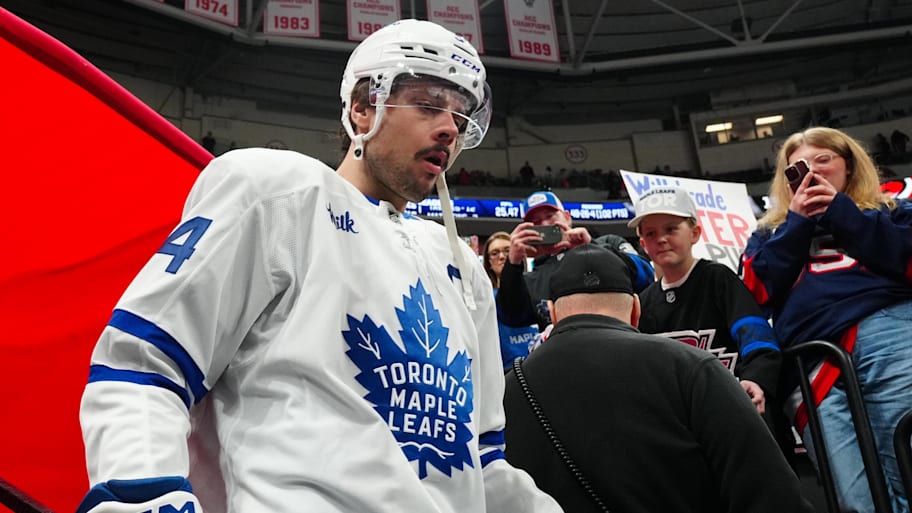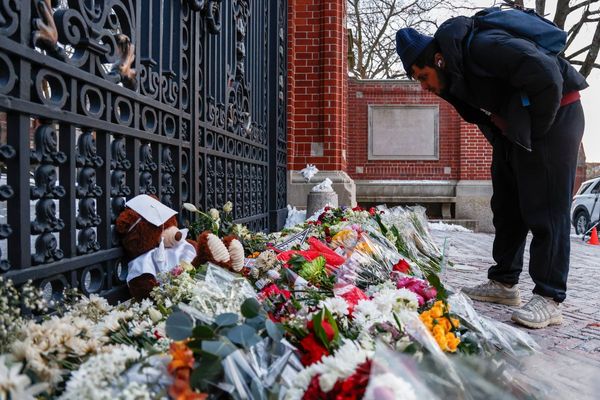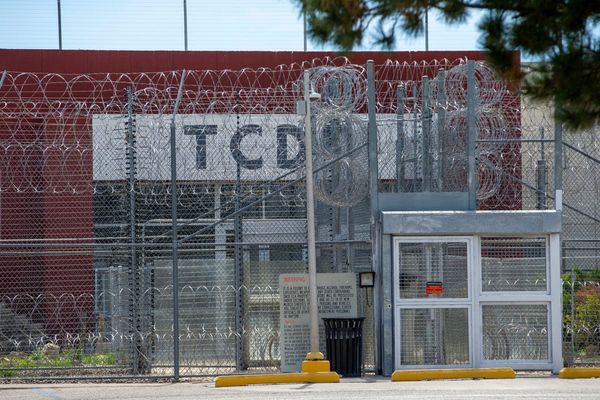
Introduced in 2005 to promote more parity and balance across the league, the NHL's salary cap stops the wealthiest teams from buying up the top talent on the market and forces general managers to balance their roster with cost factored in.
On paper, it seems fairly simple. But navigating the salary cap as an NHL team is anything but.
What is the NHL Salary Cap?
The NHL's hard salary cap is a designated amount that teams cannot go over in terms of player salary.
For the 2025–26 season, the NHL projects the hard cap's ceiling to be at $92.5 million, according to commissioner Gary Bettman. There is also a cap floor, which will likely be around $65 million. That means each NHL team must pay out at least $65 million in salary but less than $92.5 million.
The salary cap numbers are based on the NHL's revenue from the year prior and the collective bargaining agreement.
However, it is worth noting that the salary cap hit for each player is based on the average annual value (AAV) of their contract, not necessarily the cash paid to them for that year.
So if a player signed a five-year contract worth $50 million, then their cap hit would be $10 million annually. That would be true, even if the player's actual salary in Year 1 was was $12 million and $8 million in Year 2.
Types of Salary Cap Exceptions
While the NHL salary cap creates a hard ceiling, there are a handful of exemptions teams can use to skirt around it.
The first is long-term injured reserve. If a player misses at least 10 games in a 24-day stretch, he may be placed on long-term injured reserve. That player will remain on the active roster, but it allows the team to exceed the hard cap by the amount of the injured player's cap hit.
Teams typically do this around the trade deadline, when they are already very close to the hard cap limit.
If a player is healthy once the Stanley Cup playoffs begin, they can be reactivated as the postseason is cap free for teams.
Teams also have an emergency recall exemption to use if/when their roster is below the league-required minimum for certain positions.
If a team has fewer than two goalies or 18 skaters available, due to either injuries or illnesses, said team may recall players from the minors without cap penalty.
Additionally, to accommodate performance bonuses, team's are allowed an addition 7.5% cushion over the salary cap. This allows a team to carry players with incentive-laden contracts (like rookies or players over 35-years-old).
Historical Evolution of the NHL Salary Cap
From the NHL's inception in 1917 through the 2004 season, there was no salary cap, luxury tax or any form of centralized salary/contract controls.
As a result, NHL teams operated under vastly different payrolls, meaning the wealthier franchises could simply outspend their competition. By the time 2004 rolled around, team payrolls were far too different. For example, the 2004 Calgary Flames had a payroll of roughly $30 million, while the Detroit Red Wings' payroll was nearly $80 million.
Owners became fearful that small-market teams wouldn't be able to compete or survive, which led to tensions with the NHLPA. The result was the 2004–05 NHL lockout, where the entire season was cancelled.
After months of negotiations, a new collective bargaining agreement was signed in July 2005, creating a salary cap ($39 million) and salary floor ($21.5 million).
The cap increased quickly over the next six years, rising alongside hockey-related revenue. A second lockout cancelled half of the 2012–13 season, prompting a cap reset and new rules.
This put the salary cap back down to $60 million and placed strict limits on contract lengths. Now, teams could re-sign a player for a max of eight years and sign free agents to a max of seven. Teams would also face penalties if a player retired in the midst of a lengthy, backloaded contract.
The cap steadily rose over the next decade before being frozen at $81.5 million during the COVID-19 pandemic. It remained there until 2024 to account for lost revenue.
The Highest Paid NHL Players
Below are the 10 highest-paid NHL players for the 2024–25 season, according to their average salary per year.
This article was originally published on www.si.com as NHL Salary Cap & Exceptions Explained.







